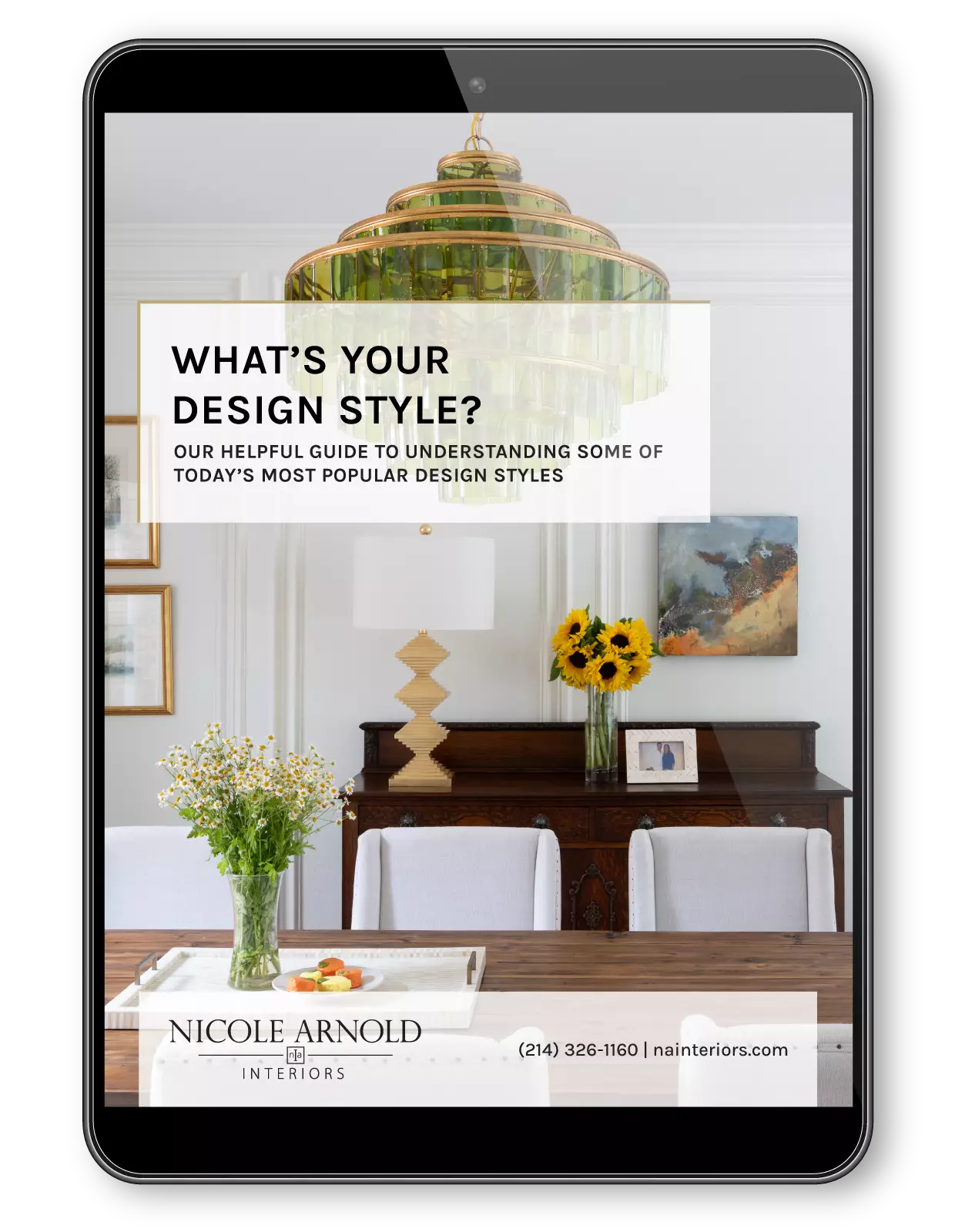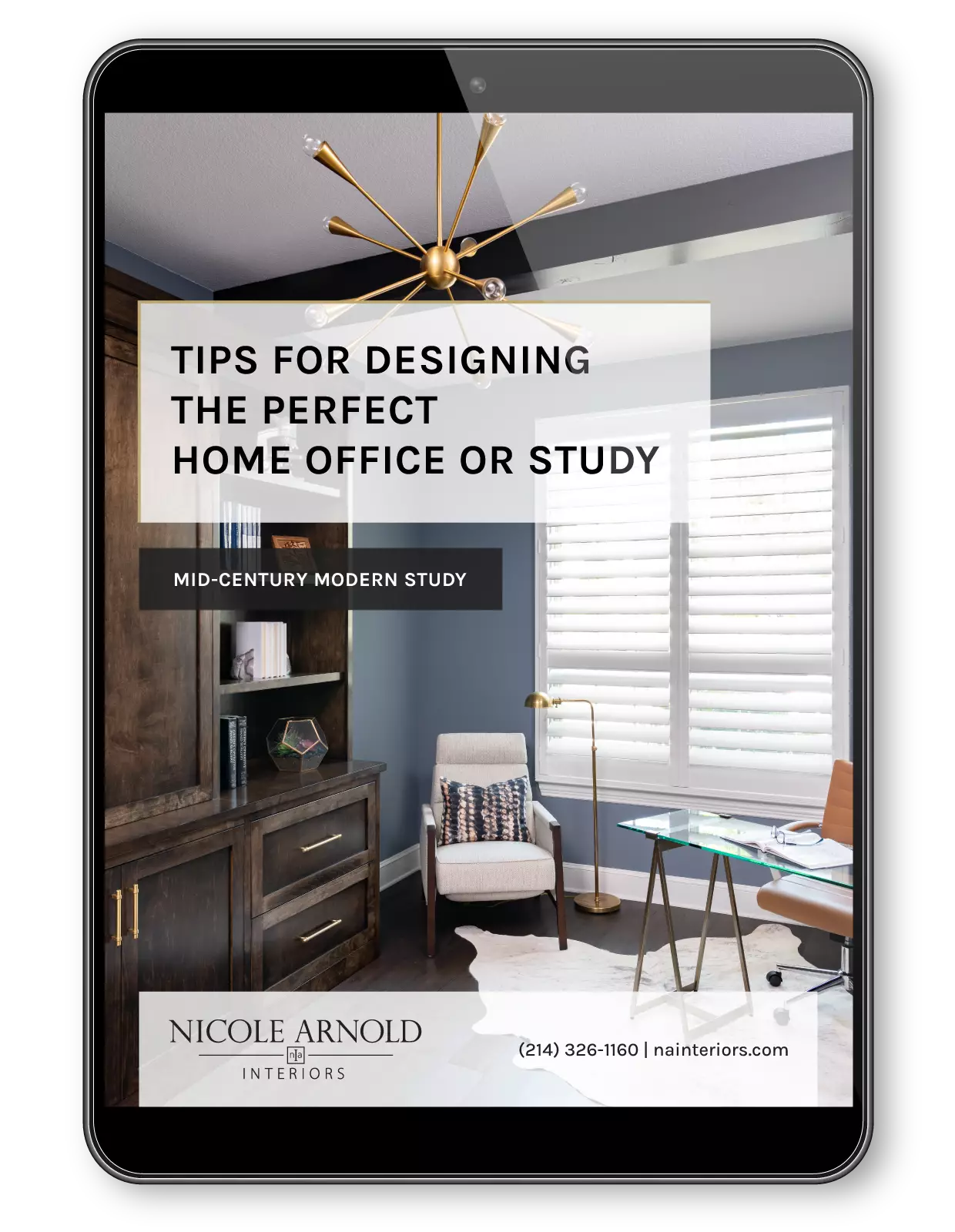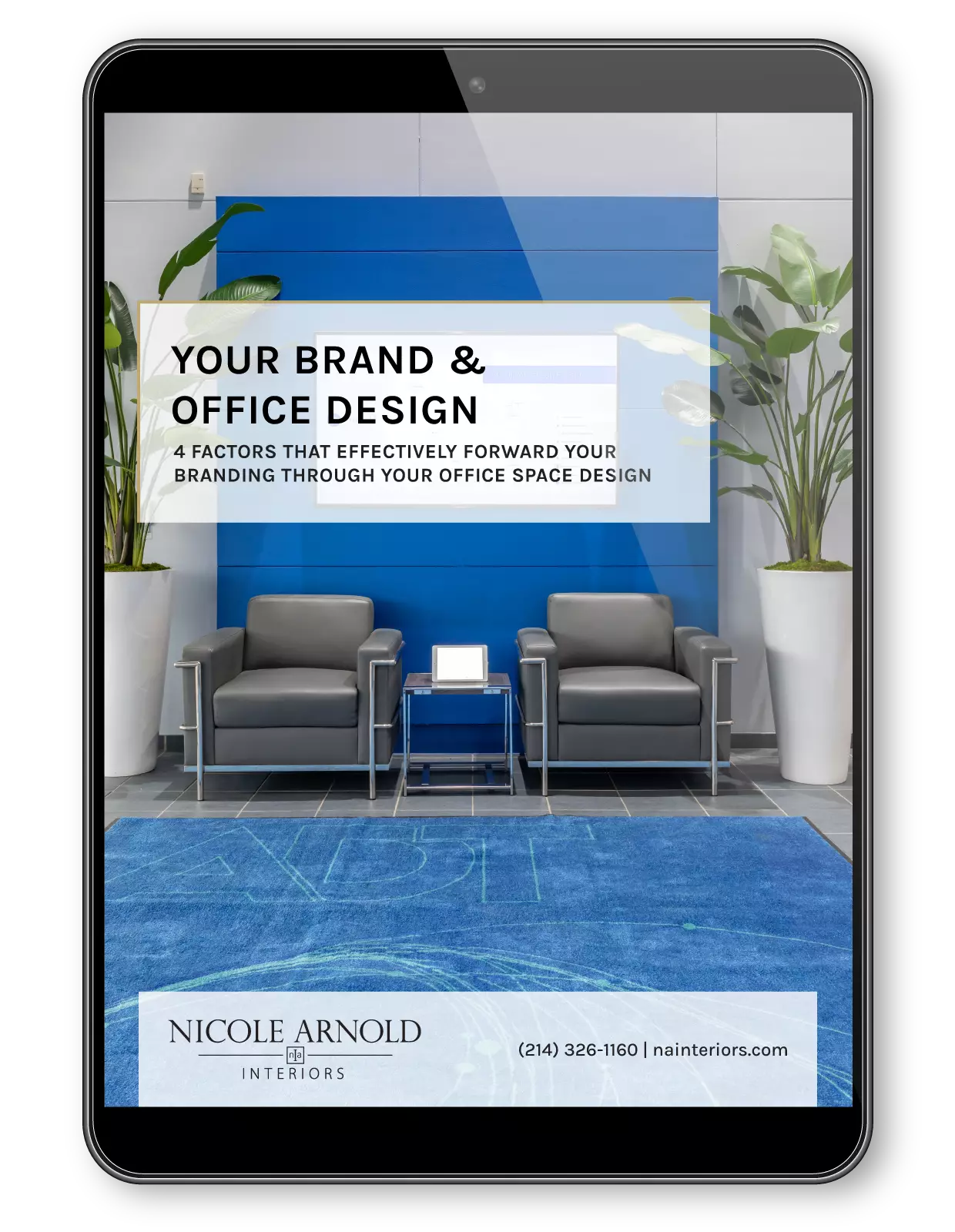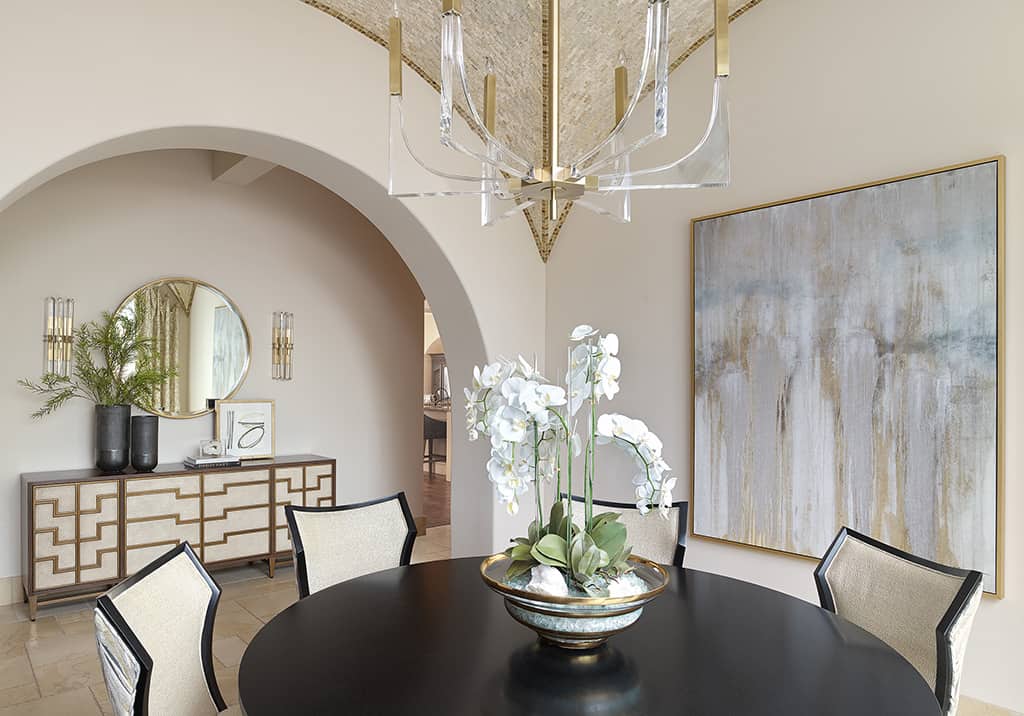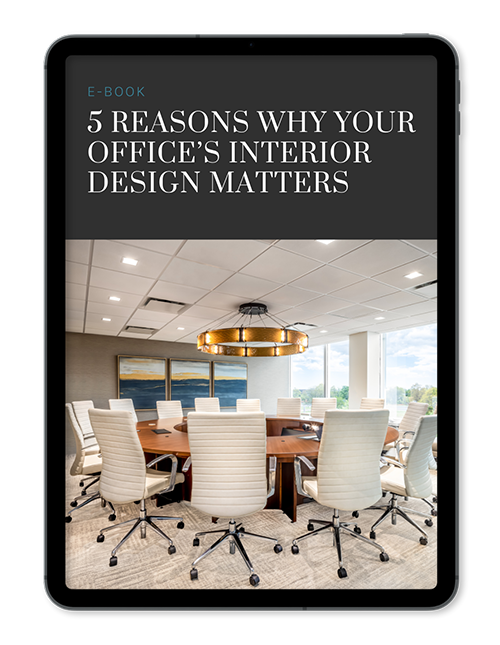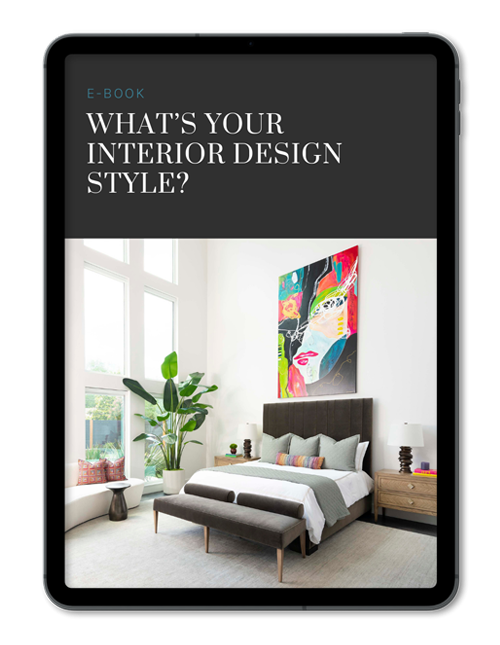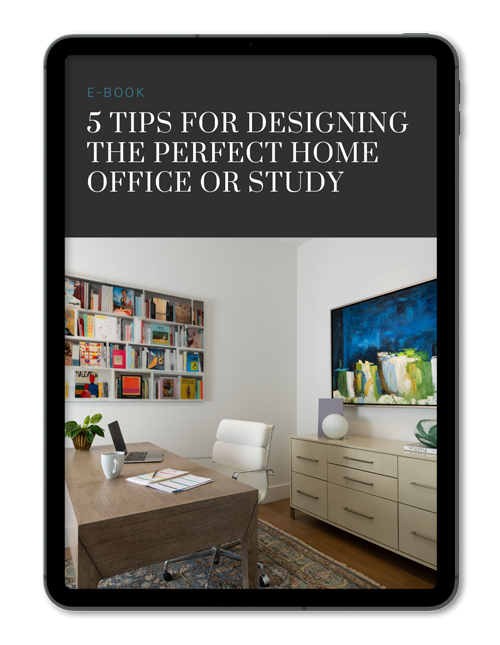Integrating technology into workspace design is more than just a trend; it’s a necessity for modern businesses. When you incorporate smart systems and ergonomic furniture, you boost employee comfort and productivity. Imagine a workspace where collaboration flows effortlessly, thanks to advanced tools and AI integration. Yet, it’s essential to maintain a balance with human interactions. How can you guarantee that your office fosters both innovation and connection?
One effective approach is to enlist the expertise of professional interior design solutions, such as Nicole Arnold Interiors. Their experience can help create an environment that not only looks aesthetically pleasing but also enhances functionality and promotes a sense of community among employees.
Let’s explore the key elements of this integration and how thoughtful design can contribute to a workspace that inspires creativity while ensuring meaningful interactions among team members.
The Role of Technology in Modern Office Design
As you step into a modern office, you mightn’t realize just how much technology shapes your experience and productivity.
In today’s workspace, smart office design merges seamlessly with the Internet of Things, enhancing employee well-being and collaboration. You’ll find ergonomic furniture that not only supports health but also adjusts to your preferences, reducing injury risks.
Energy-efficient systems are everywhere, showcasing sustainable practices that benefit both the environment and your organization’s bottom line.
With advanced security measures like biometric access controls, your sensitive information remains safe.
Digital conference rooms equipped with high-speed internet allow for real-time collaboration, making teamwork smoother than ever.
This integration of technology truly redefines how you work and thrive in a modern office.
Balancing Technology and Human Connection
While technology plays an essential role in modern office design, it’s important not to overlook the significance of human connection. Creating versatile spaces that encourage face-to-face interactions can enhance employee engagement and satisfaction.
Tech-driven environments must still prioritize meaningful interactions, fostering rapport and trust among team members. Successful workspace design recognizes the diverse needs of employees, balancing technology integration with opportunities for direct human contact.
By emphasizing the human element, you can create an atmosphere that not only supports task-oriented activities but also nurtures creativity and collaboration. Ultimately, blending technology with human connection leads to improved workplace morale, driving innovation and enhancing overall organizational performance.
Don’t let technology overshadow the value of genuine relationships in your workspace!
Sustainable Innovations in Workspace Technology
Sustainable innovations in workspace technology are transforming the way we design and operate modern offices, ensuring that environmental responsibility becomes a core aspect of everyday business practices.
By embracing sustainable technologies, you can enhance energy efficiency through interconnected systems that optimize resource use and minimize carbon footprints. Smart offices utilize digital sensors for lighting and ventilation, boosting employee well-being while achieving cost savings.
Eco-conscious technologies, like LED lighting, are now essential for meeting corporate sustainability goals. In addition, advanced HVAC systems improve indoor air quality and comfort while cutting energy consumption.
Incorporating recycled materials not only supports sustainability but also helps your organization fulfill Environmental, Social, and Governance (ESG) objectives, making a positive impact on both employees and the planet.
Key Trends Shaping Tech-Integrated Offices
In today’s fast-evolving workplace, key trends are reshaping how we integrate technology into office design, creating environments that enhance productivity and employee satisfaction.
Modern workspaces prioritize employee comfort and wellness in the office, featuring ergonomic furniture and air quality monitoring systems.
Technology integration is essential, with AI integration automating tasks and personalizing work environments to boost productivity.
Flexible work solutions, supported by cloud-based tools and virtual platforms, allow you to adapt to diverse work styles.
Additionally, energy-efficient systems and smart lighting contribute to sustainability in workplace design, aligning with corporate responsibility.
These trends not only optimize workspace usage but also create a healthier, more engaging atmosphere for everyone.
Benefits of a Tech-Enhanced Work Environment
As you step into a tech-enhanced work environment, you’ll quickly notice how these innovative spaces can transform your daily experience for the better.
The integration of technology boosts productivity levels by streamlining processes and optimizing resources. You’ll appreciate the wellness-focused design, featuring ergonomic furniture and energy-efficient lighting, which promotes better posture and encourages movement.
This modern workplace offers flexibility and adaptability, catering to various work styles through cloud-based tools and virtual platforms. Additionally, advanced security measures enhance data protection, ensuring your safety.
By incorporating sustainable technologies, these offices not only support environmental goals but also lead to long-term cost savings, making for a more satisfying employee experience overall.
Embrace the change; it’s a win-win for everyone!
Overcoming Challenges in Tech Integration
While the advantages of a tech-enhanced work environment are compelling, integrating new technology into workspace design isn’t without its hurdles.
You’ll face challenges like system compatibility issues that can stall progress, requiring careful planning to navigate. Ongoing maintenance of integrated technology is vital; it guarantees peak performance and minimizes disruptions in your workspace.
Regular updates are essential too, as they keep tech systems running efficiently and address security vulnerabilities that can arise. Understanding these hurdles is key for successful integration, especially when aligning new technologies with existing infrastructures.
Expert solutions from firms like Office Interiors and Vista Technologies can guide you through the complexities of tech integration, simplifying the process and enhancing overall effectiveness in your organization.
Future Directions for Workspace Technology
With the rapid evolution of technology, the future of workspace design is set to transform dramatically.
You’ll notice a strong focus on the integration of technology, especially IoT devices, enhancing workspace optimization in smart offices. Ergonomic furniture will become standard, prioritizing health and wellness, while real-time air quality monitoring guarantees healthier environments.
AI integration will automate routine tasks, boosting employee productivity and satisfaction. Sustainability remains crucial; energy-efficient technologies and recycled materials will define modern offices, meeting ESG goals.
Additionally, flexible design solutions will adapt to the needs of remote and hybrid work models, assuring spaces remain functional and inviting.
Embracing these trends will create workspaces that foster collaboration, well-being, and efficiency for everyone involved.


